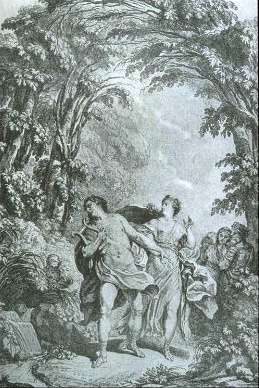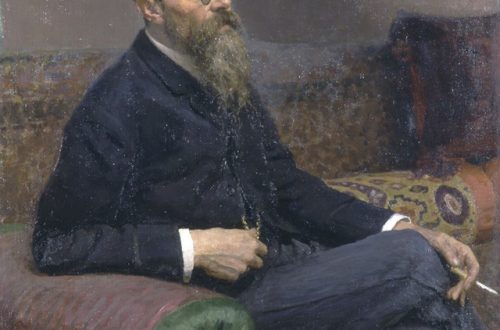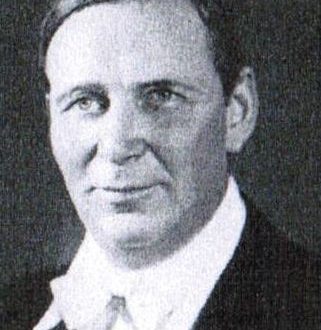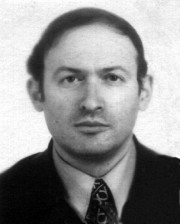
Domenico Maria Gasparo Angiolini (Domenico Angiolini) |
Domenico Angiolini
Born February 9, 1731 in Florence. Italian choreographer, artist, librettist, composer. Angiolini created a new spectacle for the musical theater. Moving away from the traditional plots of mythology and ancient history, he took Moliere’s comedy as a basis, calling it “Spanish tragicomedy”. Angiolini included the customs and mores of real life in the comedic canvas, and introduced elements of fantasy into the tragic denouement.
From 1748 he performed as a dancer in Italy, Germany, Austria. In 1757 he began staging ballets in Turin. From 1758 he worked in Vienna, where he studied with F. Hilferding. In 1766-1772, 1776-1779, 1782-1786. (for a total of about 15 years) Angiolini worked in Russia as a choreographer, and on his first visit as the first dancer. As a choreographer, he made his debut in St. Petersburg with the ballet The Departure of Aeneas, or Dido Abandoned (1766), staged according to his own script, inspired by the opera on the same plot. Subsequently, the ballet went separately from the opera. In 1767 he staged the one-act ballet The Chinese. In the same year, Angiolini, while in Moscow, together with St. Petersburg performers, staged the ballet “Rewarded Constancy” by V. Manfredini, as well as ballet scenes in the opera “The Cunning Warden, or the Stupid and Jealous Guardian” by B. Galuppi. Acquainted in Moscow with Russian dances and music, he composed a ballet on Russian themes “Fun about Yuletide” (1767).
Angiolini gave an important place to music, believing that it “is the poetry of pantomime ballets.” He almost did not transfer ballets already created in the West to the Russian stage, but composed original ones. Angiolini staged: Prejudice Conquered (to his own script and music, 1768), ballet scenes in Galuppi’s Iphigenia in Taurida (The Fury, Sailors and Noble Scythians); “Armida and Renold” (on his own script with music by G. Raupach, 1769); “Semira” (on their own script and music based on the tragedy of the same name by A.P. Sumarokov, 1772); “Theseus and Ariadne” (1776), “Pygmalion” (1777), “Chinese Orphan” (based on the tragedy of Voltaire on his own script and music, 1777).
Angiolini taught at the theater school, and from 1782 – in the troupe of the Free Theater. At the end of the century, he became a participant in the liberation struggle against Austrian rule. In 1799-1801. was in jail; After being released, he no longer worked in the theater. The four sons of Angiolini devoted themselves to the ballet theater.
Angiolini was a major reformer of the choreographic theater of the XNUMXth century, one of the founders of effective ballet. He divided ballet genres into four groups: grotesque, comic, semi-character and high. He developed new themes for ballet, drawing them from classical tragicomedies, including national plots. He outlined his views on the development of “effective dance” in several theoretical works.
Angiolini died on February 5, 1803 in Milan.





